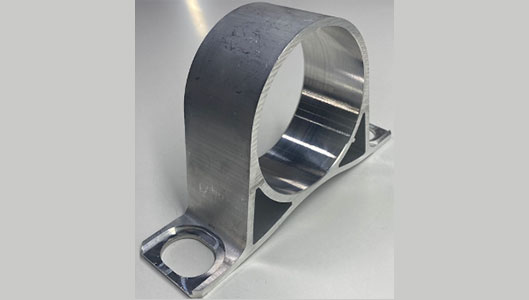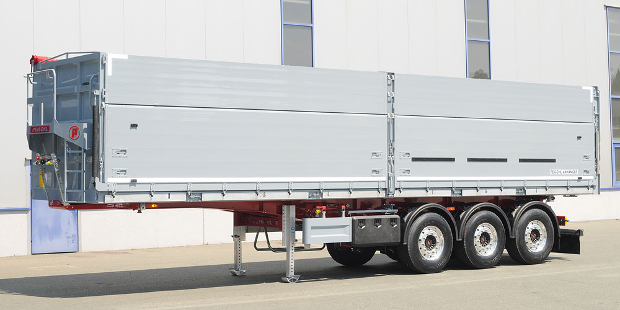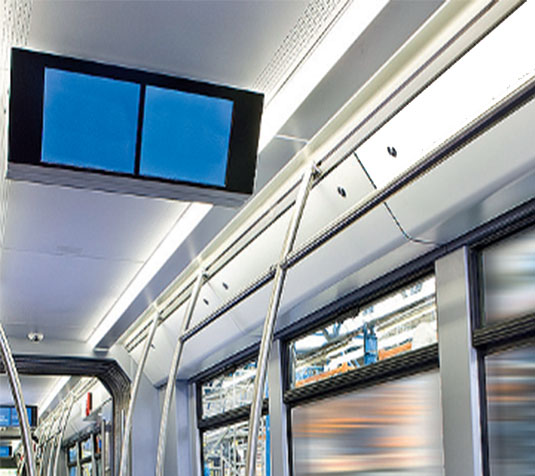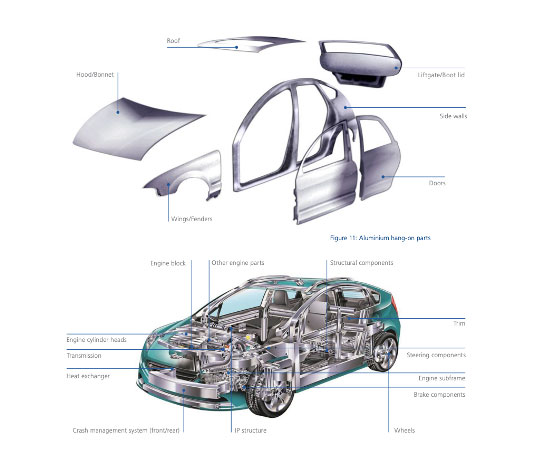Transport
Aluminium for the automotive sector
E-mobility and sustainability.
The proportion of aluminium in vehicles has increased significantly over recent years. Among other things, this is due to the requirements to use ever lighter and ever more sustainable materials in automobile construction.

The latest technologies and fully-automated processes
A body structure that all vehicles need is rigidness, in order to support weight and stress and to securely tie together all the individual components. Therefore, aluminium is well suited for use in vehicular design, as its mechanical properties as well as its light weight make it the responsible and sustainable choice.
N oise Vibration Harshness housings made of aluminium
Isolators solve vibration-related challenges driving from the torque fluctuations and natural frequencies of the drive shaft in rear- and all-wheel drive vehicles, where the drive force must be transferred to the rear axle. Rotary dampers, flexible couplings and centering devices help counteract unwanted noise and vibrations from the drive shaft.
Engine & Chasis Mounts
Dozens of chassis mounts control vibrations transmitted from the road surface into the chassis of the vehicle. Chassis mounts are small but important components that improve handling and safety, and reduce unwanted vibrations.



Aluminium for the commercial vehicles
Aluminium for the transport sector
Aluminium is corrosion-resistant and light. It reduces the weight of utility vehicles such as buses, trucks and trailers. This in turn leads to higher payloads and a reduction of CO2 emissions and fuel consumption, as well as increasing the range. We can support you in implementing lightweight construction designs.


Aluminium solutions for rail vehicles and passenger trains
Weight saving for longer range of electric vehicles


